A sudden and unforeseen hazard of air travel was never a big concern as we plied the skies between Hawaii and the U.S. Mainland. Yet recent events, including this week’s tragic incident with Singapore Airlines, which resulted in the death of one passenger and injuries to 71 others (6 critically), have pushed turbulence concerns to the forefront of our minds again and led to more aviation safety discussions.
In this article, we’ll highlight three recent and significant turbulence incidents involving Hawaii airspace, connecting them to broader global patterns and research on air turbulence events.
A detailed look at the Hawaii air turbulence incidents.
The first Incident was on Hawaiian Airlines Flight 35 in December 2022, when it was approaching Honolulu. It encountered severe clear-air turbulence. The crew reported that a cloud shot up directly in front of the aircraft just seconds before the plane flew into it. While the captain advised flight attendants, there was only a few seconds between that and hitting the turbulence.
The incident led to numerous injuries, highlighting the unpredictability of such events. Close to three dozen people were injured, with 20 going to the hospital, while eleven were seriously injured. There was an associated sudden altitude drop that caused passengers to, among other things, hit the overhead luggage bins and the aircraft’s ceiling.
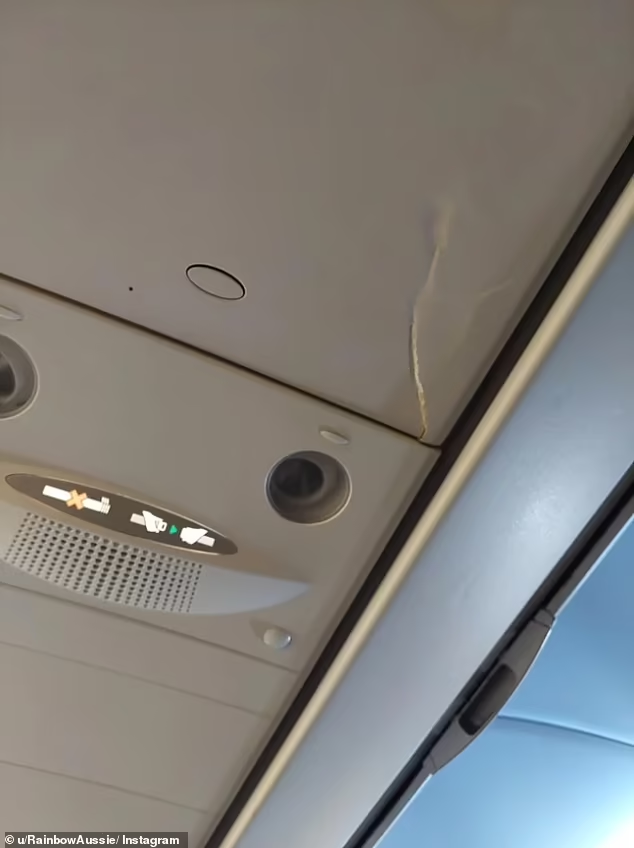

A second Incident took place on Hawaiian Airlines Flight 451 in July 2023. This event further underscored concerns faced over the Pacific and emphasized the need for better vigilance as passengers.
During that flight, a terrifying nosedive threw passengers from their seats. As the A330 abruptly descended to 3,000 feet, photos on social media showed bent panels and cracked ceilings inside the plane.
When it landed in Sydney, emergency services met the aircraft. Paramedics treated twelve people, four of whom were hospitalized. Some passengers said the flight crew warned them to secure seatbelts immediately prior to the turbulence. Hawaiian Airlines confirmed the incident on the flight, adding that the plane underwent a thorough safety inspection before re-entering service.
A Southwest Airlines Hawaii turbulence incident occurred shortly after departure from Honolulu last year. This incident also illustrated the regional risks associated with flights departing from Hawaiian islands.
Hawaii incidents within the context of the Singapore Airlines tragedy.
The recent severe turbulence on a Singapore Airlines flight, resulting in a fatality and multiple injuries, serves as a stark reminder of the severe dangers posed by air turbulence. This tragic event connects Hawaii travel experiences to a global concern, emphasizing the importance of vigilance and preparedness across all air travel.
Global increase in air turbulence events?
As we’ve pointed out previously, research from the American Geophysical Union and the University of Reading has documented a significant increase in turbulence over the past four decades. These studies suggest that such incidents are likely to continue rising, exacerbated by climate change, affecting air travel routes worldwide. There was some pushback in comments (see below) when we wrote about this topic from those who said there had been no such increase.
“It started with “Climate change? LOL give me a break! Just got back from Hawaii. It was smooth all the way and back from Florida. Good job American and Hawaiian Airlines!” Another naysayer added, “Didn’t take long for a reference to “global warming” aka “climate change” to be referenced as the root cause of CAT now did it!”
While on the other hand, one visitor added, “Even BOH isn’t immune from climate deniers. I’m guessing these are the same people that ignore sunscreen rules, touch sea turtles, and trash the beaches.” And yet another said, “The vast majority of people who have dedicated their careers to studying climate agree that climate change is in fact an issue that needs to be dealt with. No politics, no emotion, just reality from people that know what they are talking about.”
Technological advancements in turbulence detection.
NOAA’s Aviation Weather Center and the National Weather Service in predicting and monitoring turbulence. Innovations like the Graphical Turbulence Guidance tool are proving crucial in helping airlines navigate these challenges more effectively, thereby enhancing passenger and crew safety.
Safety recommendations for Hawaii travelers and others.
Seat belt vigilance is at the top of the list: This is us. Keep your seat belt fastened whenever seated, period. Message received!
The seemingly increasing frequency and severity of turbulence incidents highlight the critical need for ongoing vigilance and preparedness in air travel. As the global community becomes more interconnected, understanding and preparing for these challenges is paramount, and research is ongoing.
We welcome your input. Are you more inclined to buckle up the entire flight?
Get Breaking Hawaii Travel News
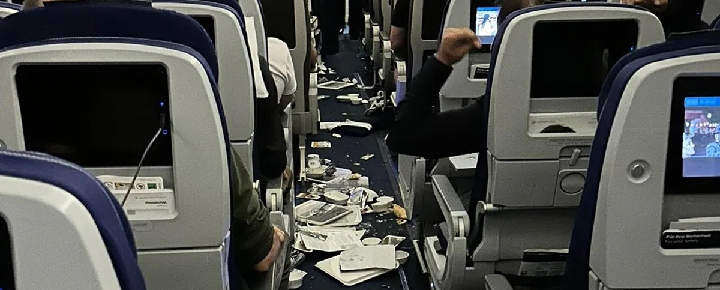

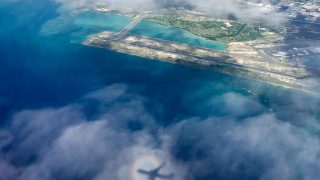

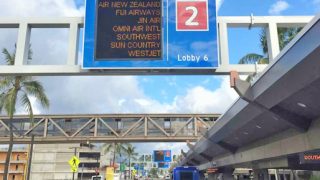
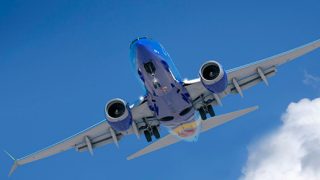
An interesting article on Mashable about this subject. Bottom line, keep your seatbelt on.
l.smartnews.com/p-fWFHF/LtZnmH
I’ve been in 2 class A mishaps (military) in my life, seatbelts saved my life both times…
Best Regards
“…Seat belt vigilance is at the top of the list…”
Top of the list of one item. nothing else matters… it’s seatbelts.
And regarding the cause… does it really matter? It’s happening.
Causes do matter. Causes, if known, can be studied. Results can then be applied to better policies and procedures to improve safety.
Turbulence is usually caused by rising and falling air. Hot air rises cool air sinks. A hotter surface, land or water, causes more rising air which then cools at altitude a sinks. More rising and falling air, more turbulence. Simple thermodynamics.
That’s Science 101. Prediction and recognition should follow, and then injury-preventative measures.
Let’s remember how many flights in the sky and the percentage of accidents. There is quite a higher percentage of accidents on the ground. You had me going and I just flew from Maui to mainland. Keeping seatbelts buckled is always best. So I now consider all your airline articles when flying. I’m sure others are too.
One “smooth flight” proves there is no climate change occurring? Really akamai…wow. So if a kid runs across the freeway once without incident then it is safe as a general rule. Yep, the same crowd that molests the turtles.
I have flown since the 50’s when my father worked for TWA. Our families have Always kept our seatbelts secured except when accessing the restroom. Why is this so unheeded by so many? Common sense is all too often an uncommon virtue.
And in our litigious world, the airlines and their insurers become liable for compensation simply because they are the closest deep pockets, not for negligence on their part.
I suspect that those who do not fasten aircraft seat belts are those that also do not use their car belts, which are incredibly many.
I am sorry for all injured but mostly for those in transit to the facilities. As the old saying goes, “The cost of subsidizing foolishness is to create a world of fools”.
Well said!!!